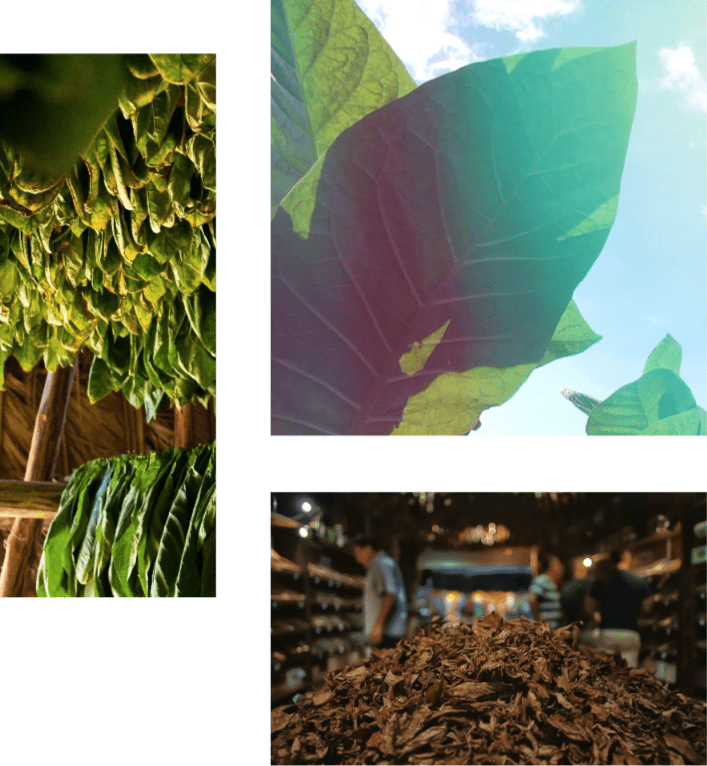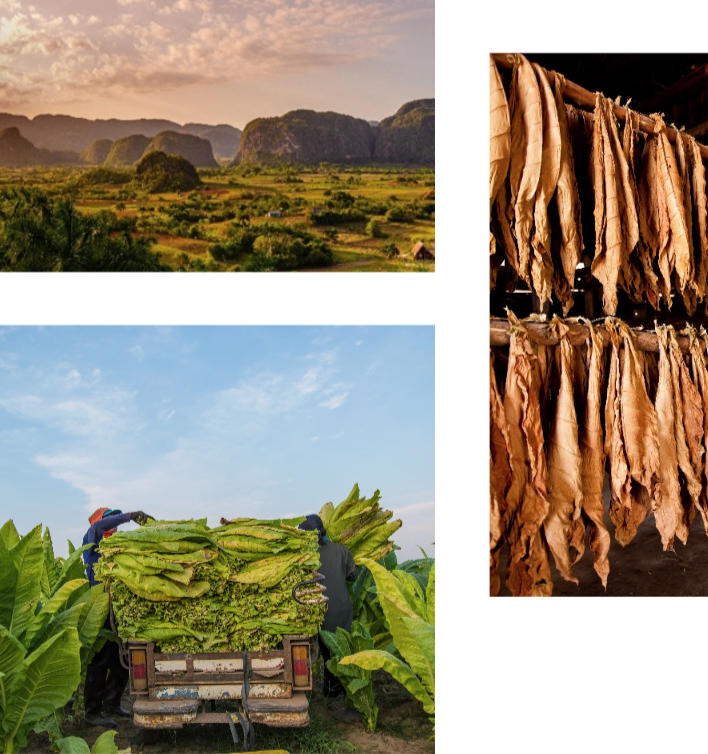

What makes Cuban mini cigars the best in the world? Why is this tobacco considered so unique? The answer lies in its origin, Cuba. To achieve its incomparable quality, several factors that only occur on the Caribbean island are essential: the climate, the quality of the soil, the talent of its farmers and the skill of the artisans. This is the only way to make the most appreciated cigarillos by fans around the world.
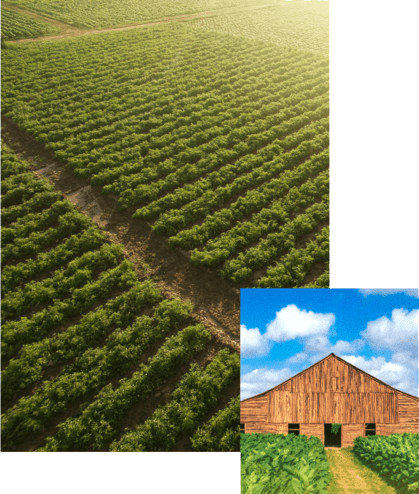
History
The Nicotiana Tabacum plant is native to the Andean highlands and spread throughout the American continent, reaching the Caribbean between 2,500 and 3,000 years before Christ. The indigenous populations made use of this plant in different ways. Some attributed medicinal, sacred, or exoteric properties to it and used it in their ceremonies. After the discovery of the new continent, various travelers reported the custom of the Native Americans of smoking rolled dry tobacco leaves, for which they used devices in the form of rolls or tubes as pipes.
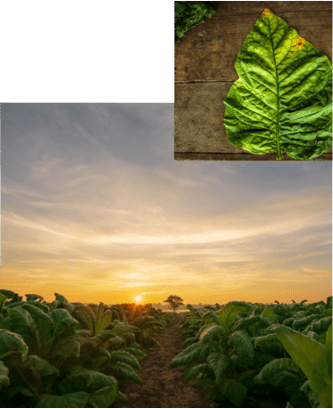
Cultivation
A minimum of 12 months is needed to obtain each of the tobacco leaves that will be used to make a Cuban mini cigar. A slow and delicate process that begins with the preparation of the soil and that has dozens of steps until the final packaging.
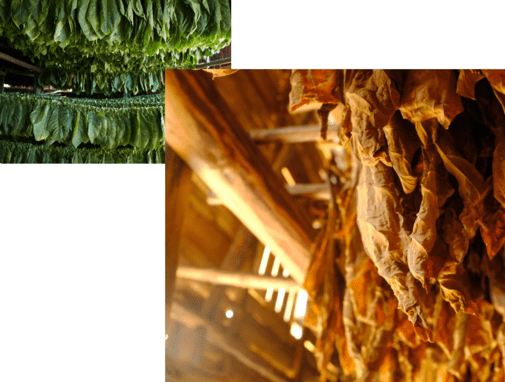
Elaboration
To make each Cuban cigar, high quality raw material is needed from some of the best growing areas of the Cuban island, 100% natural and that respects the blend of each brand. That means combining a careful mixture of different leaves depending on whether they are used for wrapper, binder and bite and based on the tasting notes sought
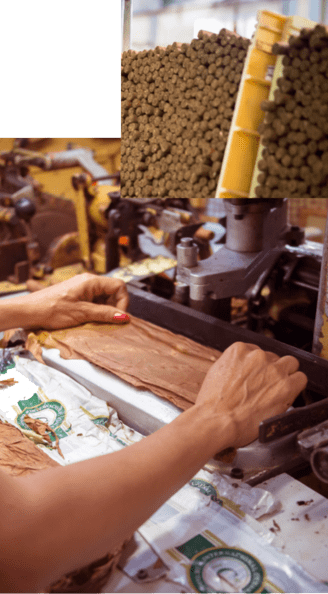
Manufacturing
The elaboration of mechanized Cuban cigars began in Cuba in the middle of the 20th century and goes through six stages carefully measured as they go from the preparation of the raw material to the shipment. Each phase is supervised by quality management specialists who guarantee compliance with all necessary specifications.
X

